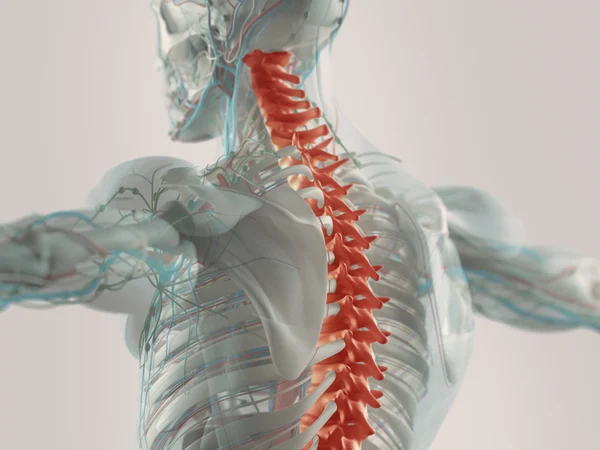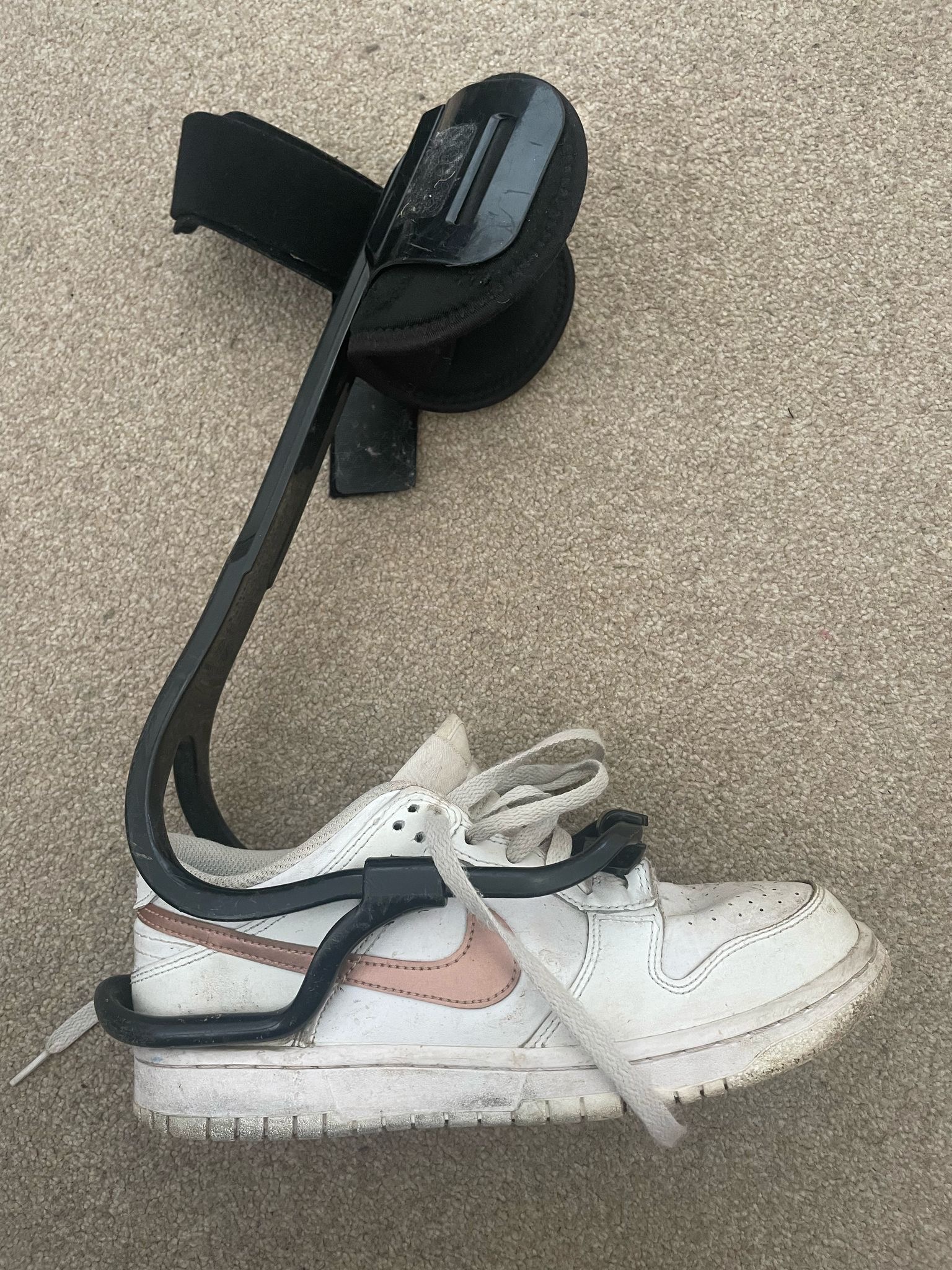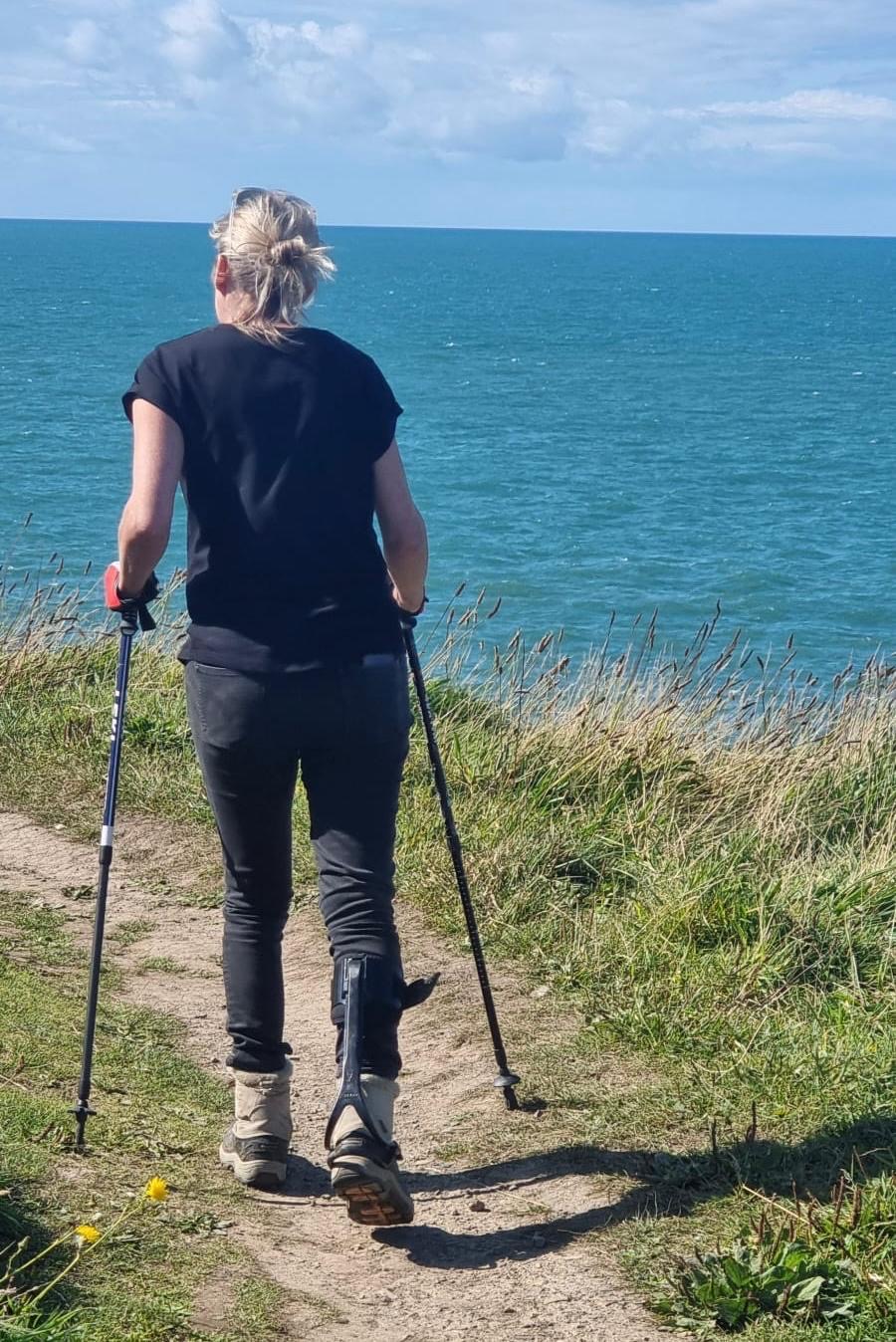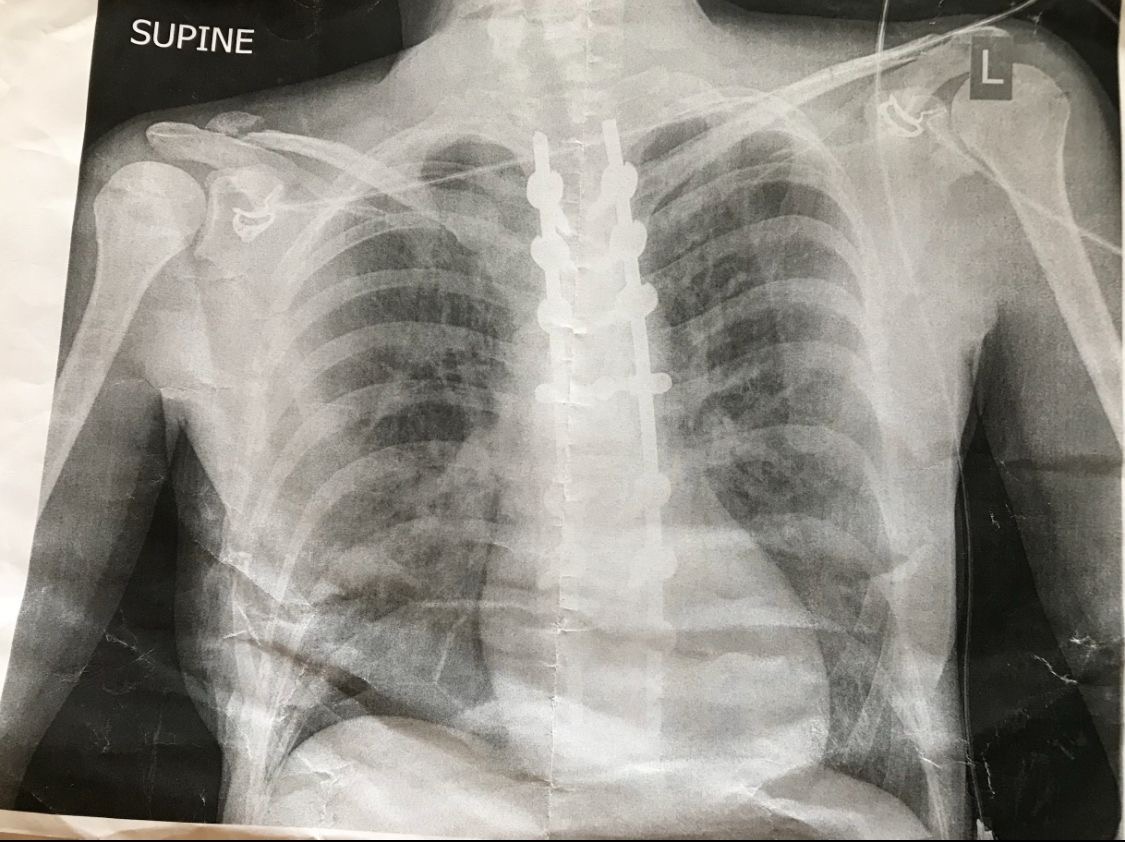Spinal cord injury (SCI) can impair an individual’s ability to interact with the physical world. As a nerve pathway to and from the brain, the spinal cord plays a crucial role in muscle control. In 2014, my mum suffered an incomplete SCI following a cycling accident, leaving her partially paralysed from the waist down.

https://www.spinalcord.com/incomplete-spinal-cord-injury
Attending the workshop ‘Practical Prostheses’ opened my eyes to the world of prosthesis and orthosis. We categorised devices as either replacements (prostheses) or modifications (orthoses) of different body parts. At the time, my mind wandered to the devices my mum used during her recovery. I remember being torn how some of her devices would be categorised.
I then realised how I have been quite ignorant to the importance of my mum’s orthotics. I had been viewing them simply as objects, without considering the ingenuity behind their design, or their significance to my mum. I took it upon myself to take a deeper dive into spinal orthoses.
Orthotics for SCI – Examples
Typically, orthotics for SCI are external devices, which support the spinal column during rehabilitation. They also are used to position or enhance the function of a hand, arm, or leg. Below are some examples (click the arrows for more).
Spinal Brace
Generally, a spinal brace immobilises the injured spinal segment, allowing the tissues to heal. My mum’s injury was thoracic (T4-T6 vertebrae), and thus her brace was a Cruciform anterior spinal hyperextension (CASH) brace (right). This brace limits the flexion from T6 to L1, but not lateral bending and rotation.
I feel that this highlights the importance of compromise when it comes to designing orthotics – one should only limit what is necessary, to ensure the best wellbeing for the patient.

Ankle-foot Orthosis (AFO)
AFOs are particularly useful for patients who still retain a level of ambulation. They assist the ankle and allow the foot to clear the ground during the swing phase of walking. The particular model my mum uses (TurboMed XTERN) is shown below.


Below is a video from TurboMed which puts the importance of this orthotic into perspective:
Spinal Implants
Spinal implants following an SCI promote host tissue regeneration and nerve plasticity and reconnection. These can help to recover some muscle function. Following her accident, my mum had surgically implanted titanium rods to stabilise her vertebrae, allowing the facet joints to heal. Her X-Ray is shown below.

I mentioned earlier that I struggled to categorise some of my mum’s devices, and this one is no exception. I have concluded that her rods are orthotic, since they modify rather than replace the damaged vertebrae (I encourage discussion in the comments if you disagree!).
My mum also had a bone graft from her iliac crest. The lecture on orthopaedic implants highlighted a the INfuse device for lumbar spinal fusion. I was curious as to whether INfuse would be used in this operation today, rather than a bone graft. Researching further revealed that INfuse is not licensed for use in thoracic spinal fusion, due to negative side-effects.
The Effects of Orthotics for SCI
Now understanding the function of these devices, I wanted to explore the psychological effects they have on my mum, and some related ethical issues. She kindly let me chat with her:
Spinal_Orthotics_Interview_Small.mov
Conclusion
I learnt so much by simply sitting down and having a chat with my mum about her orthotics, it seems that they are a constant in her life. Writing this blog has given me a new outlook on SCI orthotics, as well as the importance of learning through hearing other people’s experiences.